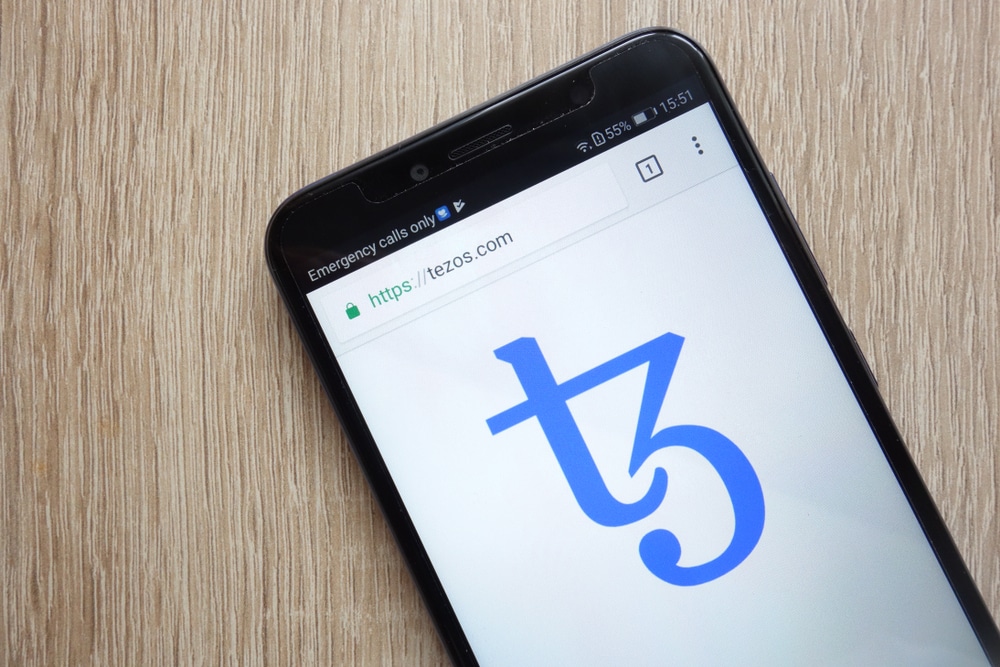Key Insights:
- Musée d’Orsay tackles declining youth attendance by embracing digital art through a Tezos collaboration.
- The upcoming Van Gogh exhibit offers blockchain-backed digital souvenirs, melding classic art with modern tech.
- Year-long programs are set to demystify blockchain for visitors, reinforcing the museum’s commitment to contemporary relevance.
Situated amidst Paris’ historic allure, Musée d’Orsay is a testament to impressionist and post-impressionist excellence. Yet, recent challenges, particularly the decline in younger visitors during the COVID-19 pandemic, have urged the institution to reevaluate its approach.
Adapting to Modern Art Landscapes with Blockchain
The museum’s newer strategies emerged under the guidance of its recent president, Christophe Leribault. He recognized the burgeoning interest in blockchain and non-fungible tokens (NFTs) within modern art spheres and saw the potential for synergy.
The result was a partnership with the Tezos Foundation, with a vision to juxtapose digital artworks powered by blockchain alongside the museum’s established collections, fostering richer dialogues and perspectives.
Embracing Digital Souvenirs in Upcoming Exhibits
The first ripple of this collaboration is evident in the “Van Gogh in Auvers-sur-Oise: The Final Months” exhibition, which is due to open on October 3, 2023. This exhibit emphasizes Vincent van Gogh’s works from his last two months.
According to Decrypt, attendees have the option to acquire two digital souvenirs. One is an augmented reality depiction of van Gogh’s final palette, and the other is a unique digital art piece echoing van Gogh’s style, curated by the French blockchain initiative, Keru.
Priced at €20 (approximately $21), these souvenirs, minted on the Tezos blockchain, introduce interactive elements, adding layers to the traditional museum experience.
Fostering Education and Expanding Digital Horizons
The partnership isn’t merely limited to digital souvenirs. A series of educational programs and conferences over the next year aim to demystify emerging technologies for museum visitors, focusing on blockchain intricacies.
Additionally, Musée d’Orsay plans to engage with digital artists proficient in blockchain, encouraging them to create NFT collections that resonate with the museum’s timeless artworks. This approach aligns with similar strategies that institutions like the Los Angeles County Museum of Art (LACMA) employ.
Valerie Whitacre of Trilitech, collaborating with Musée d’Orsay via Tezos, remarked on the alignment of this endeavor with the museum’s history of supporting avant-garde artists. She observed, “The Musée d’Orsay’s venture into digital art reflects its historical tendencies.”
The museum’s development director, Guillaume Roux added a broader perspective, highlighting, “It’s not merely about increasing footfall. It’s about evolving with the times and connecting with contemporary audiences.”
As the art world increasingly gravitates towards digital platforms, Musée d’Orsay’s alliance with Tezos is a strategic step towards ensuring relevance, aiming to bridge the past with the present and providing enriched experiences for its patrons.
